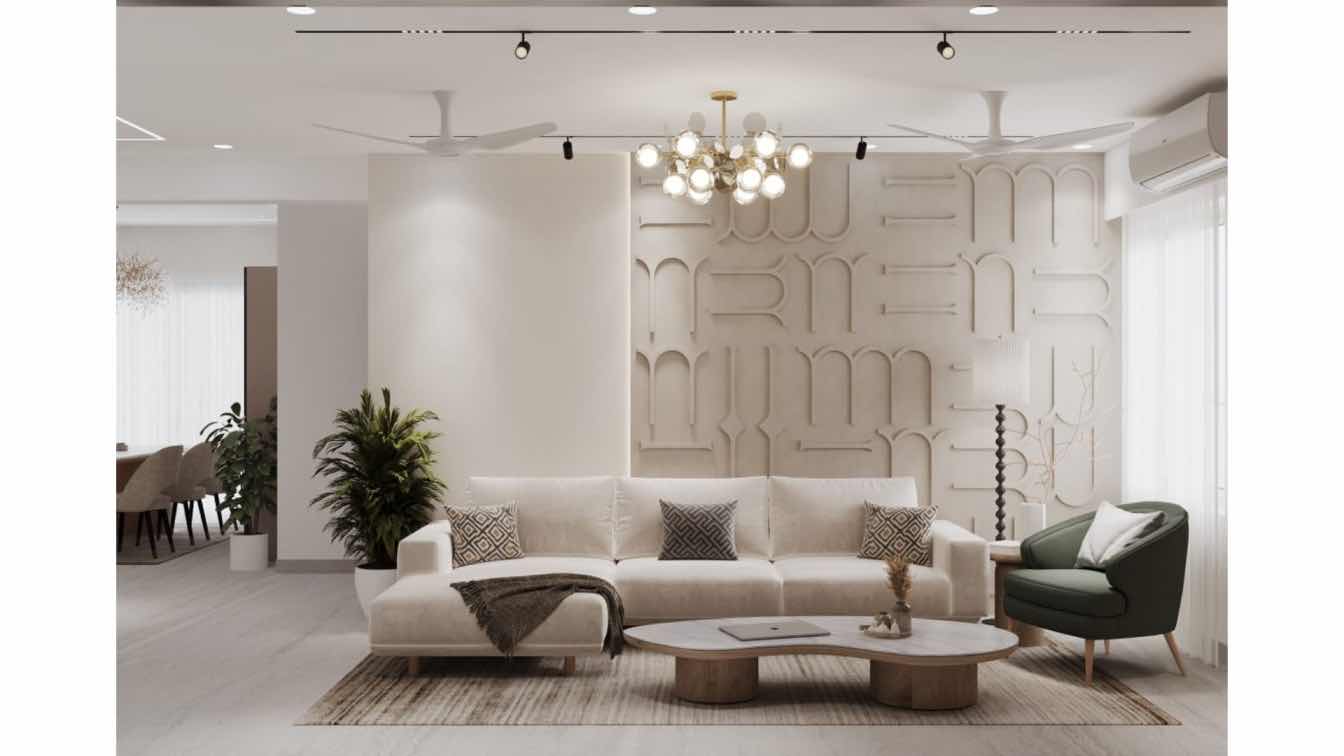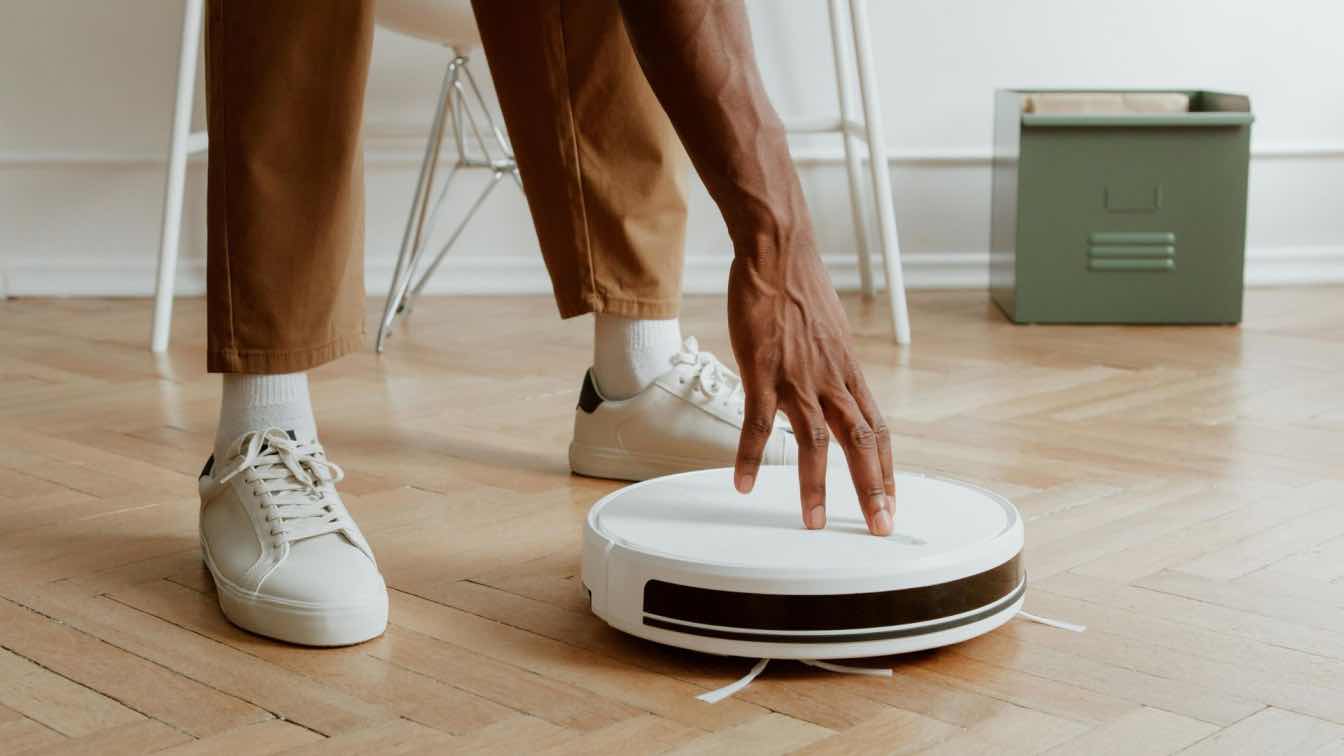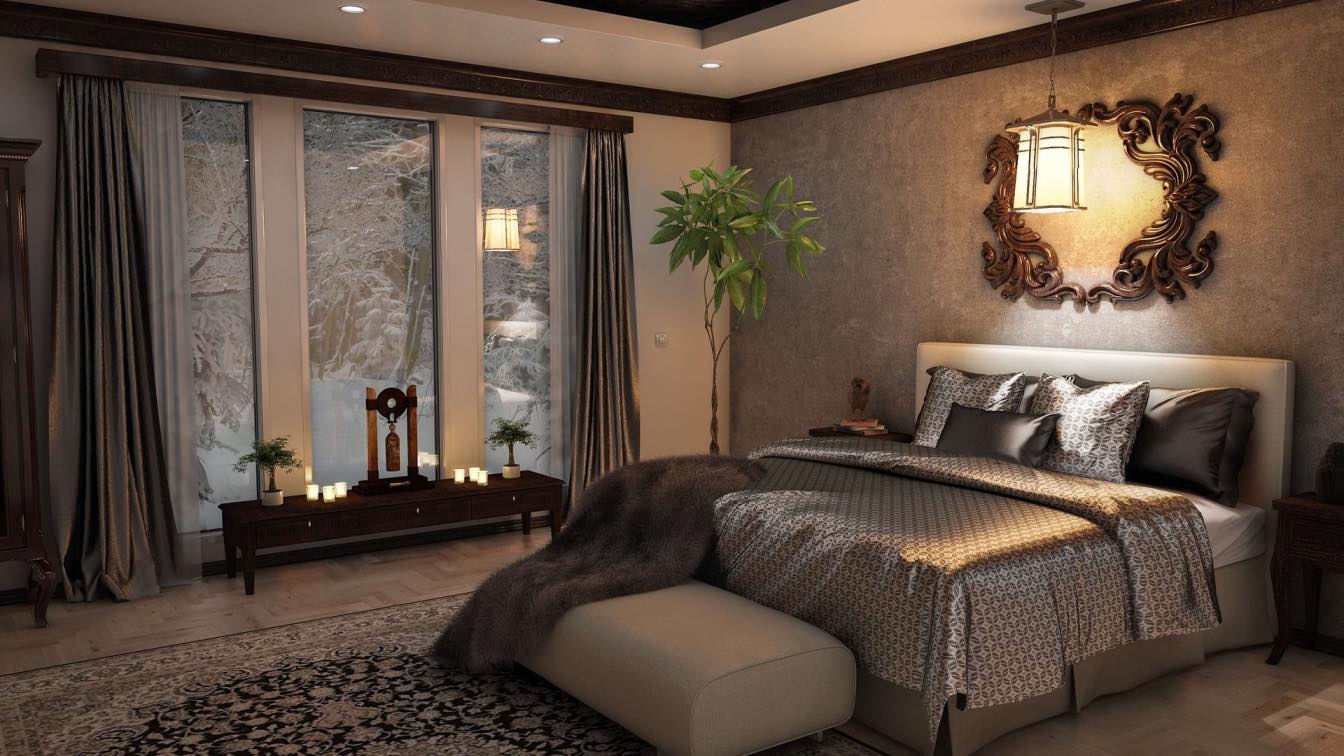With temperatures frequently exceeding 40°C during dry summer heatwaves, investing in residential cooling brings profound relief from blistering heat. But determining the right air conditioning system for your unique living spaces demands some consideration - there is no one-size-fits-all formula. Home features impact factors like required capacities, ideal configurations, and energy expenses.
Types of Air Conditioning Systems Suitable for Homes
Primary varieties appropriate for residential households include:
Split System Air Conditioning
How It Works: Split systems separate the main components into interior and exterior units connected by conduits carrying coolant. Standard configurations place the outdoor unit holding the compressor and condenser on the ground or wall exterior. This links to the indoor unit on the floor or mounted high, holding the air blower and evaporator coils to circulate conditioned air. The cool refrigerant flows between the split components depending on whether the unit needs to heat or cool.
Benefits:
- Energy efficient, especially with inverter-driven compressors
- Compact components with flexible placement
- Quiet operation from the isolation of noisy compressor
- Individual thermostats enabling independent temperature zones
- Purchase and install lower cost than ducted systems
Considerations:
- Smaller capacities unsuitable for large homes
- Visible wall interior unit may be unsightly
- Possible efficiency losses from incorrect sizing
When It Works Best: It is well-suited as supplemental cooling for additions or multi-story dwellings needing different climate zones. It allows targeting just occupied rooms rather than entire floor plans.
Ducted Air Conditioning Systems
How It Works: Ducted systems feature an outdoor compressor and condenser unit connected to the indoor ceiling or floor vents, supplying conditioned air through ductwork tunneling throughout spaces. Supply and return air ducts with inline ventilation fans route airflows. Individual adjustable vents regulate temperatures room by room.
Benefits:
- Cools entire homes evenly with centralized circulation
- Flexible control via thermostat zoning
- Installs out of sight for aesthetic interiors
- Higher airflow capacities for larger floorplans
- Longer equipment lifespan than wall units
Considerations:
- Substantial install costs with ducting labor/materials
- It is hard to redirect ducts if remodeling layouts
- Drafty leaks are possible, requiring resealing
- Upkeep issues if airflow is obstructed by dust
When It Works Best: Ducting helps climate control open floor plans uniformly while enabling custom comfort levels across different use zones, like master suites versus kitchens. It is well suited for new construction or major renovation projects, as well as insulation upgrades.
Evaporative Air Conditioning Systems (Swamp Coolers)
How It Works: Swamp coolers pull hot exterior air over moist pads inside the unit. As moisture evaporates from the pads, it substantially cools the incoming air, converting it to more moderate temperatures suitable for interior living spaces. This chilled air gets routed indoors via ducted vents, while hot, humid air exits outdoors. Units require a water line and drainage.
Benefits:
- Significantly lower purchase costs than refrigerated systems
- Uses far less electricity - up to 75% savings
- Healthier, fresh, filtered air rather than recirculated
- Eco-friendly without chemical refrigerants
Considerations:
- Inadequate for extreme heatwaves over 40°C
- Higher noise levels than other options
- Requires more filter changes and maintenance
- Possible mold issues without meticulous pad upkeep
When It Works Best: Evaporative systems work sufficiently for areas characteristically with arid, temperate climate conditions, making them affordable. Humidity stays low even during heat spikes, allowing them to maintain cooler conditions through water evaporation without the intense refrigeration needed elsewhere.
Multi-Split Air Conditioning Systems
How It Works: Multi-split systems utilize one outdoor unit holding major components like the compressor. It simultaneously connects via conduits to operate between two and eight indoor fan coil units mounted in separate rooms. Zoned remotes enable custom conditioning for each space.
Benefits:
- Personalized temp control for different family member preferences
- More affordable cooling than installing multiple wall units
- Flexible, incremental expansions tying in additional indoor units
- Quieter, more visually appealing than numerous machines
Considerations:
- Installation complexity with multiple interior units
- Pressure imbalances if some vents closed off
- Higher operational costs than single splits
- Pricier than equivalently powered single splits
When It Works Best: Multi-zone systems offer custom comfort essential for household members wanting differing temperatures depending on factors like age, gender, or health conditions. They are perfect for insulating babies and seniors from sleep disruptions without compromising on capabilities.
Choosing the Right Air Conditioning System
Beyond climate appropriateness, weigh additional variables below when selecting systems:
Home Size
Cooling capacities correlate closely to interior area/room amounts. Oversized units cycle too much, wasting energy and being unable to dehumidify properly. Undersized models run continuously, struggling to lower warmth and humidity sufficiently.
Home Insulation
Poor insulation drives heat and cold transfer, necessitating extended run times even for right-sized units. Prioritize sealing leaks, adding insulation, and installing efficient windows.
Sun Exposure
West/east-facing zones with lots of afternoon sun penetration through glass require larger capacity units than shaded southern rooms to combat solar heat gains.
Occupancy Levels
Accommodating multiple family members may require zoning systems that allow personalized temperatures across frequently used rooms. Increased traffic also adds internal heat and humidity.
Noise Tolerance
Compressors and fans emit operational sounds requiring acoustic isolation and certain decibel ratings if disturbances disrupt light sleepers.
Physical Constraints
Available space on property boundaries and suitable wall orientations limit equipment dimensions and discharge vent directions.
Carefully evaluating the above home-specific criteria ensures your cooling system sufficiently beats the heat now and for years ahead as summer sizzles.
Air Conditioning Installation Process
Meticulous installation is paramount for efficient, problem-free AC systems. Vital steps performed by certified technicians include:
Site Evaluation
A detailed site analysis collects layout and design data plus notes electrical provisions and potential obstacles impacting equipment selection and ducting routes for those options.
Quotation
Itemized quotes outline chosen model specifications, components like indoor/outdoor units and remotes, job scope covering labor and materials, projected operational costs, redundancies, warranties policies, and payment terms.
Unit Mounting
Outdoor condenser/compressor units mount securely on durable stands, facilitating proper airflow and condensation drainage. If ground mounting is unfeasible, wall brackets or rooftop frames provide stability options.
Ducting Installation
For ducted systems, technicians carefully measure and tailor ducting to route through ceilings, floors, or walls between the main unit and outlet vents according to ventilation patterns.
Condensate Removal
Condensate drains remove moisture pooled from chillers away from crawl spaces or foundations. This protects against leaks, wood rot, and molds.
Electrical Connections
All wiring and fusing uphold safety codes and unit requirements, with sufficient gauge cabling, grounding, and outlets enabling sensor ties to main electrical panels and thermostats.
Commission Testing
Once assembly is complete, commissioning validates desired system performance across modes, double-checking airflow balances, electrical loads, and remote connectivity functions before the owner hands them over. Companies then provide customized operation and maintenance instructions for your model.
With rising humidity and deteriorating air quality accompanying temperature increases, homes staying cool through correctly sized and installed air conditioning is beyond essential. Protect against intensifying urban heat islands in an eco-conscious way. Consult professional air conditioning in Adelaide to analyze your needs against the latest efficient options, defending your sanctuary against extreme weather events ahead.
Conclusion
Given the extreme temperature variability ahead in semi- to arid areas and surrounding regions, residential cooling is essential for safeguarding public health through regulated heat exposure. Ensure households have sufficient defenses with appropriately sized air conditioning systems selected after careful evaluation of floor plans, insulation levels, sun exposure, and occupancy patterns. Confer with certified system installers for equipment fine-tuned for efficacy and efficiency, amply modulating variable demands decade after decade as our changing climate continues affecting habitation quality. Stay cool despite the forecasted conditions ahead.





